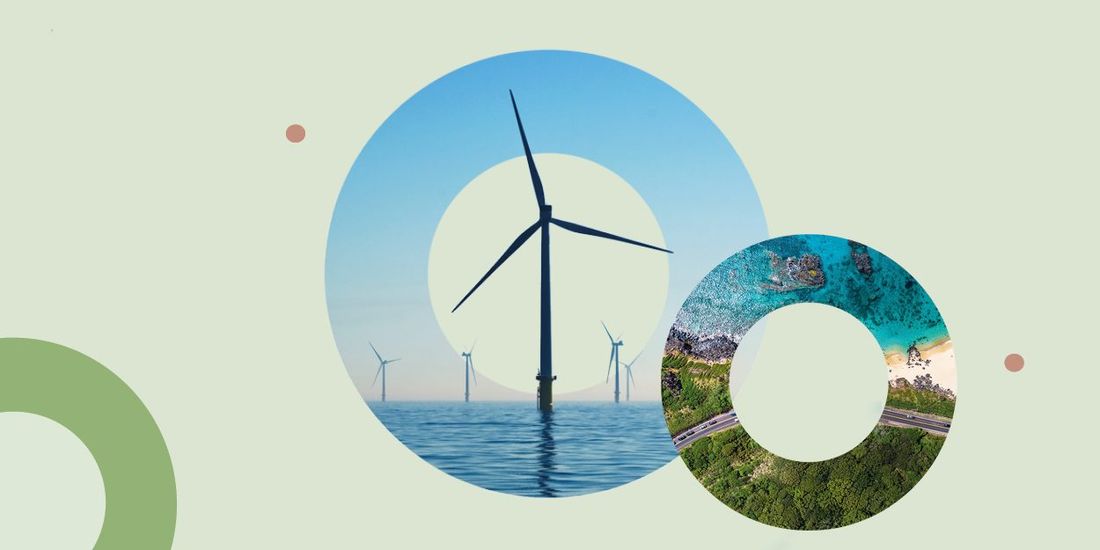Companies like Facebook and recording artists like Billie Eilish have promised to make changes to bring their greenhouse-gas emissions closer to net zero. The race to zero is a vital step toward managing climate change. But what does net zero really mean and is achieving it even possible?
Humans burning fossil fuels has resulted in more carbon dioxide in the atmosphere which is warming the planet. To stop the warming the level of greenhouse gases in the atmosphere has to stop rising. The obvious way to do that is to stop emitting them. But that is easier said than done. For some industries such as aviation and manufacturing eliminating emissions is really hard. In the years leading up to the Copenhagen climate conference in 2009, scientists realised something. It wasn’t possible to cut emissions fast and thoroughly enough to meet the temperature targets that policymakers wanted. What was needed was to actively remove greenhouse gasses from the atmosphere too. People began to talk about a world in which greenhouse-gas emissions and greenhouse-gas removals balanced each other out. So that the overall effect was net zero.
The countries that signed up to the Paris Agreement pledged to turn this idea into reality by agreeing to balance their emissions and removal of greenhouse gases in the second half of the century.
Meeting the net zero target requires two things. The first thing is to cut our greenhouse gas emissions and the second is to remove emissions from the atmosphere. The removal part is the hardest and sometimes more obscure aspect of reaching net zero.
At the moment we have different ways to remove CO2 from the air. Trees capture carbon from the air naturally but to achieve our ambitious targets, we need man-made solutions.
With the new carbon capture technologies, we can capture carbon dioxide and store it underground. But we don't know if this can work at the scale required to meet our targets. The world is counting on these innovations and that's a risky bet.
Who's responsible for each molecule of greenhouse gas?
A lot of countries and companies don’t want to own up to their carbon footprint. For example, carbon-intensive countries like India, China or other emerging markets are producing enormous amounts of emissions today. They point out that the goods they produce, for example, may be consumed by Americans and Europeans. So they should do the negative emissions to they may say rich countries got rich putting carbon dioxide into the air. Now it’s our turn to lift our people out of poverty so you pay for the negative emissions.
As yet there is no universal policy for accounting for and attributing emissions. Today net-zero governmental pledges cover over two-thirds of the global economy. America and the EU are working towards a target of net zero by 2050. President Xi of China, the world’s largest emitter has pledged to achieve carbon neutrality before 2060.
